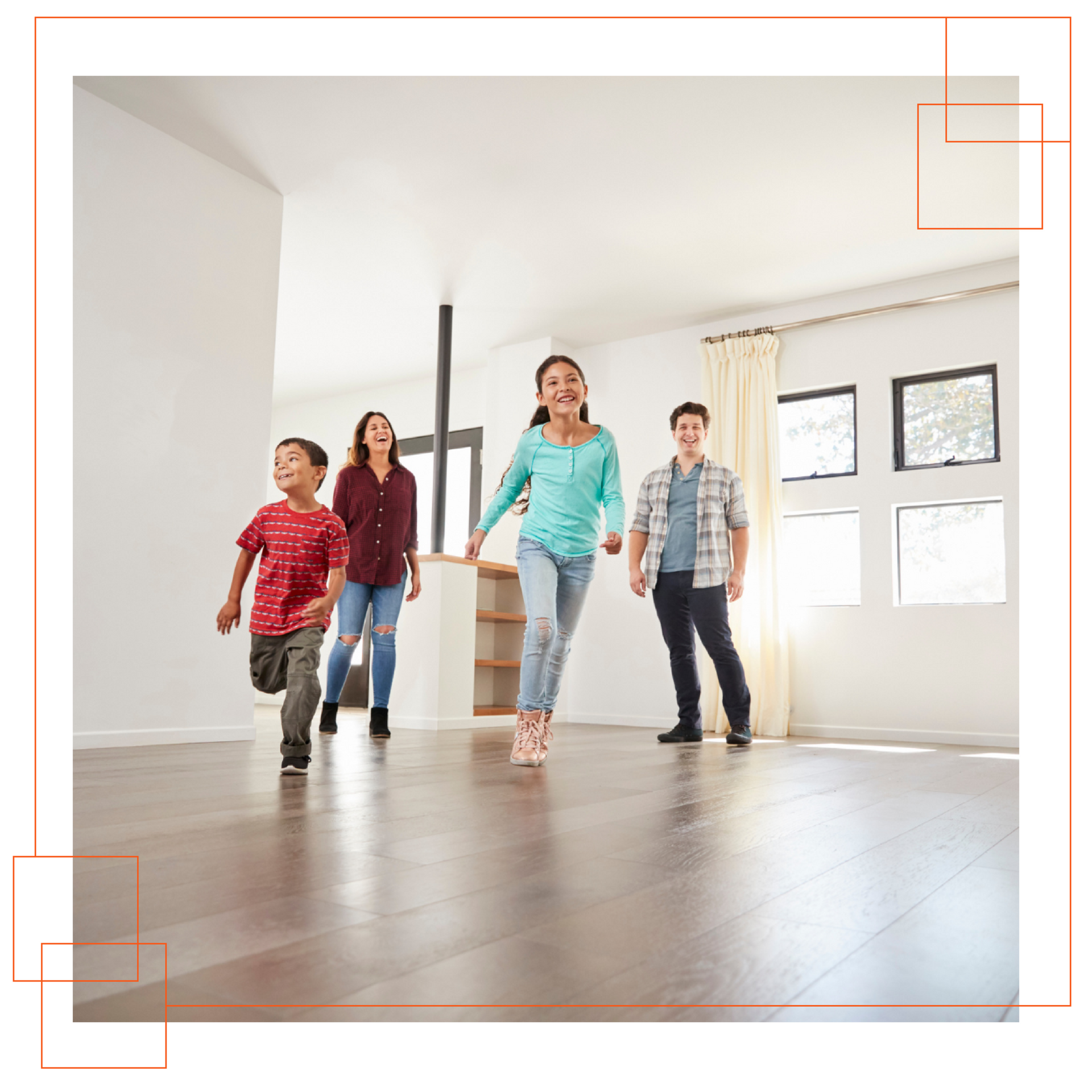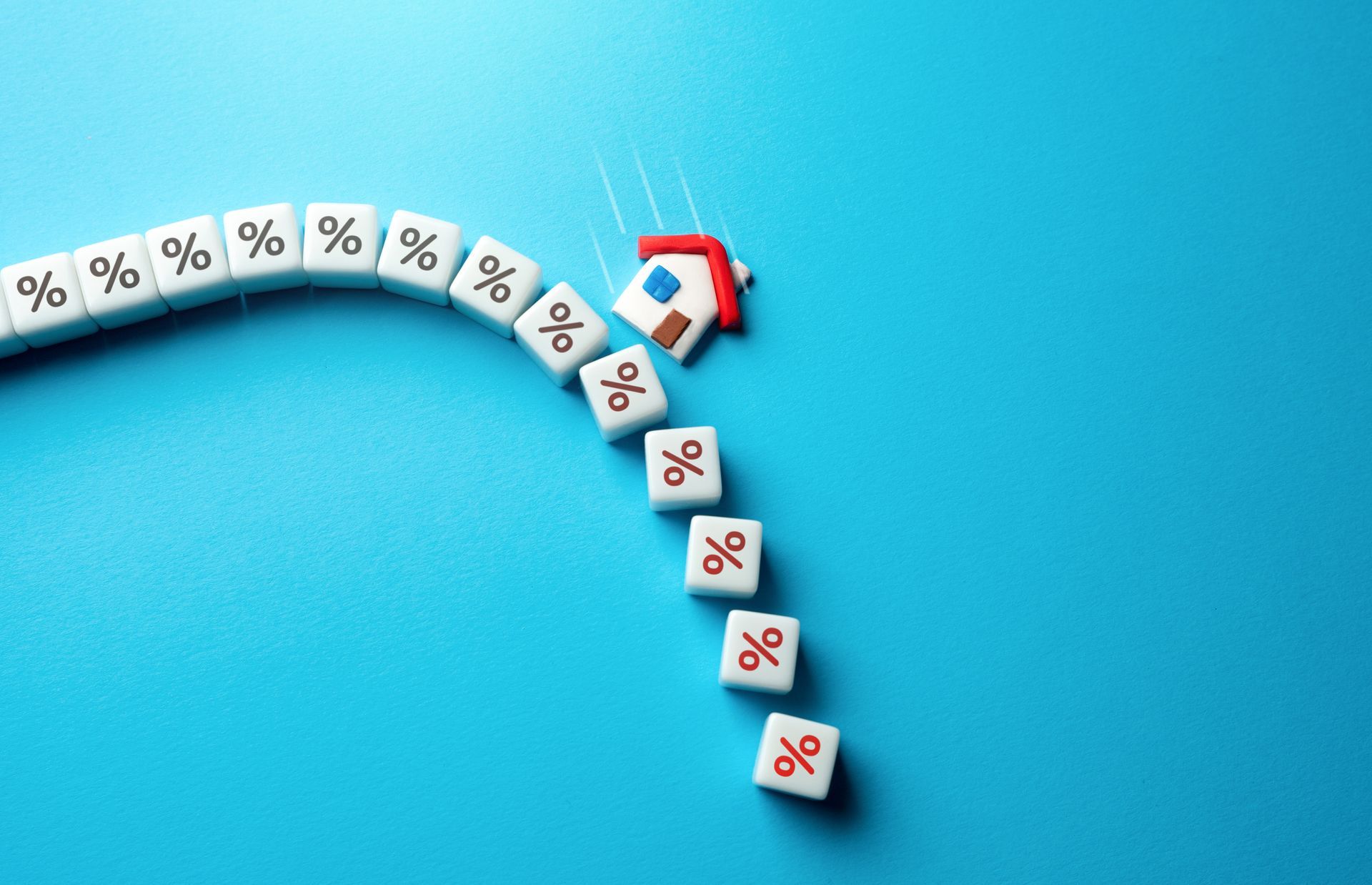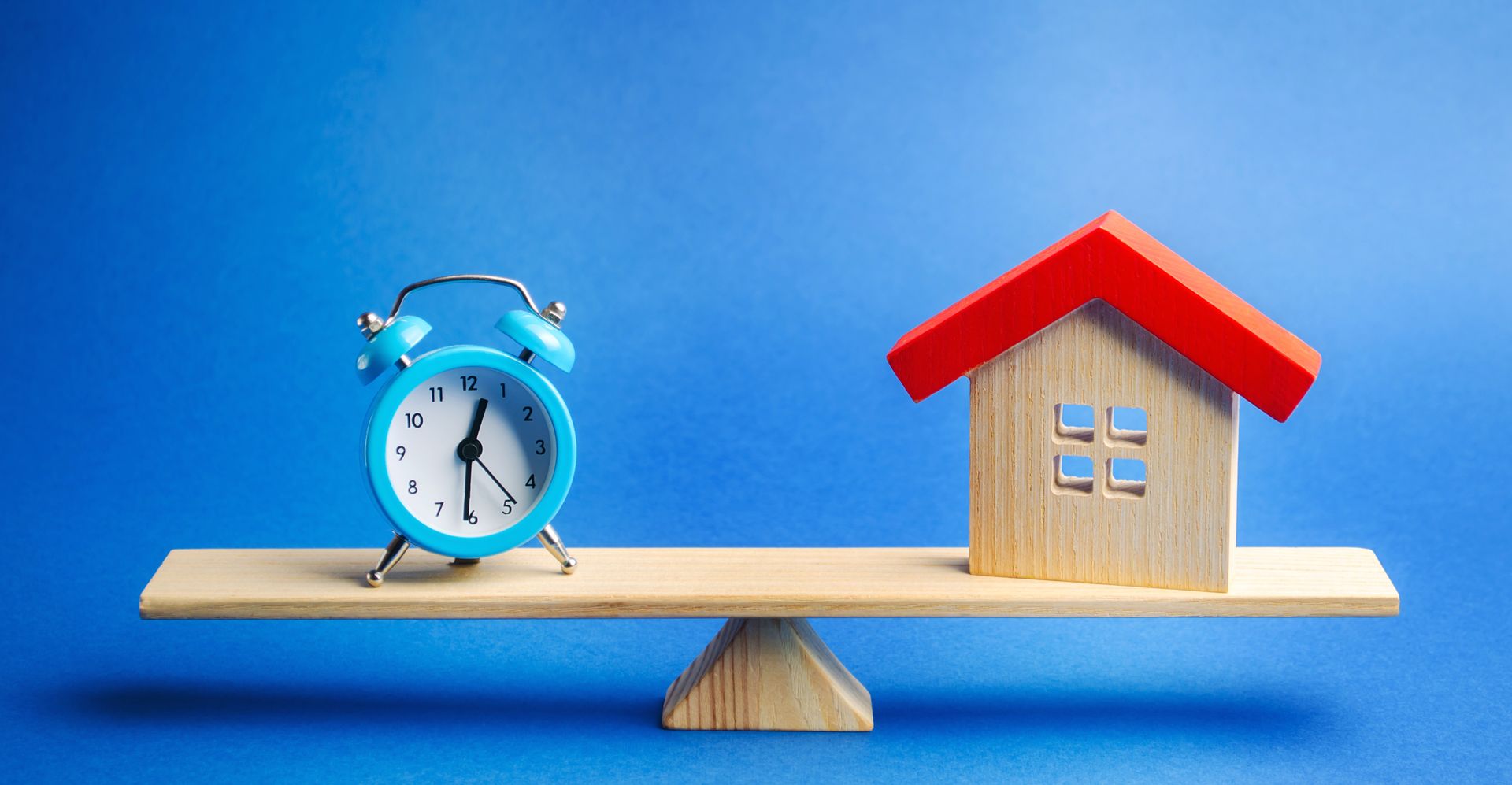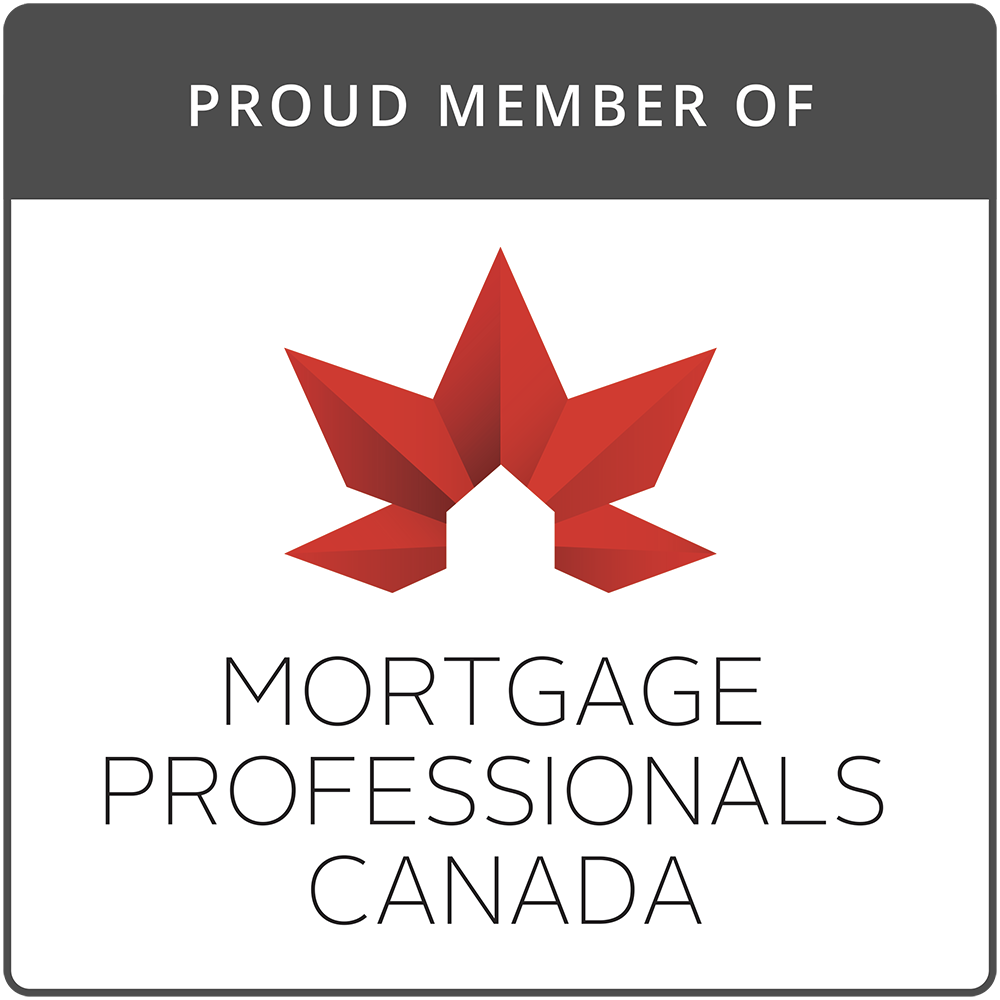The Dynamic Cost of Home Ownership
Home ownership is an exciting journey that begins with getting your finances prepared for a down payment and mortgage payments. There are many other costs of home ownership that you may or may not have considered while budgeting and looking for a new home. These costs will also fluctuate over time. Let's explore the dynamic cost of home ownership.

Moving Costs
Have you calculated the cost of moving into your budget for buying a new home? Depending on how far away you live from your future home, moving isn't often cheap. You may need the services of a moving company or even temporary storage. Make sure to calculate and consider all moving costs, such as:
- Moving Supplies & Packaging
- Time off from work
- Fuel cost to transport items
Furnishing Costs
How much furniture do you currently have? Is it enough to fill your future home? While some home furnishings may come with your future home, make a list of what you have and what you'd like to have in your new home. Waiting until the last minute for these purchases can turn into a financial nightmare.
Also, make sure to have funds set aside for appliances, just in case your dream home doesn't include them! Consider all appliances that you may use or want in your home, such as a:
- Washer & Dryer
- Refrigerator
- Dishwasher
- Microwave

Maintenance Costs: Routine, DIY & Outsourced
Home maintenance is an extremely important and necessary part and cost of home ownership. Renters tend to take for granted the service costs required to maintain living spaces. These costs must be considered in order to understand and create an accurate budget for home ownership.
Routine maintenance and inspection of a home is crucial. Consider:
- HVAC Filter Replacement
- Gutter Cleaning
- Roof Inspection
- Water Pressure System Check
- Reseal Driveway & Restain Decks
- Mold & Mildew Inspection
Without regular maintenance and inspection, a neglected home will cost a lot more to fix in the future. Professional inspections are recommended at least once a year to make sure nothing major is going on behind the surfaces or walls of your home. Otherwise, visual inspection of your home should be part of your weekly routine.
Some home maintenance tasks you can do yourself, while other things may require a professional. You'll also have to decide whether you want to, for example, purchase lawn and garden maintenance equipment or pay a business to service your lawn and garden.
In addition, take note of whether you will have added expenses in your new home, such as utilities or trash services. Some rental properties include these types of services within the rental price, while a mortgage agreement will not include these services.

Repair Costs: Known & Unknown
You may find the home of your dreams needs a little repair. As long as you calculate these costs into the cost of buying the home, your budget will withstand the financial cost of repairs. Keep in mind, however, that small repairs sometimes lead to big repairs. Homes that require significant repairs or rehab should be left to professionals unless you have a very flexible budget.
Unforeseen repairs represent the most fluctuating and dynamic cost of home ownership. If your heating goes out, or the washing machine stops working, or a leak starts in your roof, any of these things could happen at any time. As a home owner, you're responsible for the cost of repairing them. In other words, make sure to have funds available for emergencies. If all you have is your down payment, a significant unforeseen repair cost could put you in a financial crisis.
When searching for and choosing a new home to buy, keep maintenance and repair factors at the forefront of your mind. Anything that will need maintenance or repair within the next five years should be calculated into your home buying budget. Ask questions like:
- When will the exterior need painting, repaired, or updated?
- When will the roof need to be repaired or replaced?
- Can I live with the interior layout, or will I need to remodel?
- Are the plumbing and electrical systems up-to-date?
- How long will the driveway or parking area last without repair?

Property Tax & Insurance Costs
Whether yearly or monthly and/or incorporated into your mortgage, there are upfront costs for property tax and insurance on your home that must be included in your budget. Research the average cost of property taxes in the area you would like to purchase your home and add the cost to your down payment funds for security and peace of mind.
Mortgages cannot be secured without property insurance because lenders want to protect their investments. Property insurance also protects your home from things like fires and natural disasters.
The cost of property insurance can vary widely, depending on the location of your home. For example, some homes are located in areas that are more prone to flooding, which increases the cost of property insurance. Make sure to speak with your mortgage company about property tax and insurance costs when choosing a home.
For more information about the home buying process, contact Frank Mortgage today.
About The Author

Don Scott
Don Scott is the founder of a challenger mortgage brokerage that is focused on improving access to mortgages. We can eliminate traditional biases and market restrictions through the use of technology to deliver a mortgage experience focused on the customer. Frankly, getting a mortgage doesn't have to be stressful.
Related Posts






